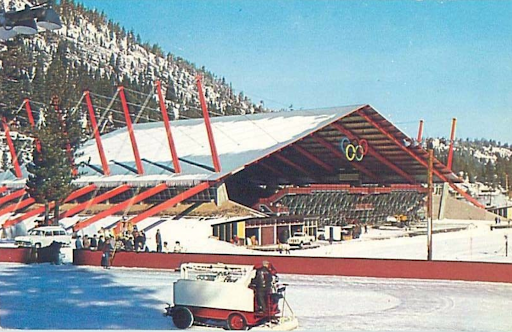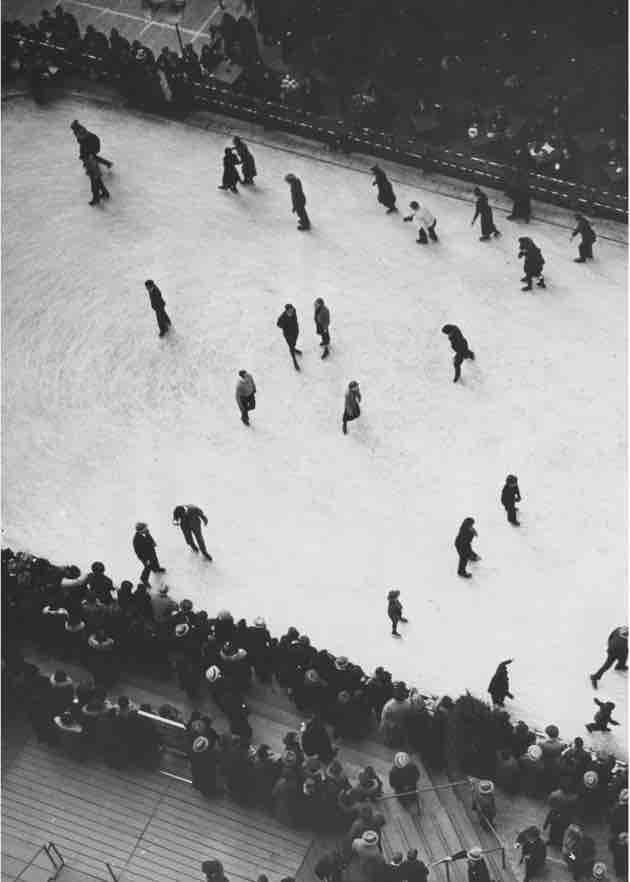Outdoor Ice Skating with Carol Heiss Jenkins

“I LOVE Outdoor Skating!”
Olympic Champion Carol Heiss Jenkins fondly remembers competing outside in the open elements. Today a skater’s normal is being enclosed inside a climate controlled rink, but that’s a recent development in skating history. Britannica says skating can be traced to have occurred as far back as 1000 BC and during the ‘little ice age’ outdoor skating was extremely popular in Europe and North America. The trend the past fifty years has to enclosed ice rinks.
The 1960 Squaw Valley Olympic rink was partially enclosed with one side facing the ski hill to give spectators spectacular views while watching skating. Carol won her Gold there and says, “My coach Pierre Brunet would have me practice my programs in all different layouts and at various angles. We had to adjust so the wind didn’t take you into the barrier or just completely
bring you to a stop in a jump.”

Throughout the interview about skating outdoor, Carol remarked repeatedly, skater’s just need to be “FLEXIBLE.” She likely learned such ease from adjusting her practice to the weather at hand. At 1956 Worlds in Garmisch-Partenkirchen, Carol said the temperature was so cold the ice became too hard to skate on — cancelling practice. Another time she recalls the sun by 3pm had softened the ice so much skating had to be canceled — allowing her to get back to the hotel to play ping-pong; an obvious off-ice training regime to increase her hand-eye coordination.

As a matter of safety, it must be noted the outdoor rink in Garmisch-Partenkirchen was a shallow ‘pitches’ used for soccer in the summer months –only a few inches in total depth. Whenever skating on a body of water (lake, river, ditch, etc.) authorities like Minnesota’s DNR say, “no ice is 100% safe.” Be responsible for your safety ensuring a minimum of four inches of
ice thickness. Let others know where you are going and when you will be back from skating. Never go alone, skating is more fun together anyways.
When asked about her equipment Carol continued her ‘be flexible’ mantra. “Coach Pierre made his own portable sharpener and brought it everywhere, even to Europe.” Skating outside tends to increase the amount of knicks and lost edges due to debris like stones, sand, twigs or even grass. “Skating outside, [Pierre] would stone my skates almost every night and sharpen them at least once a week. Sometimes, depending on the weather even sharpen them the night before the free skate. She said for colder/harder ice she had a deeper hollow and warmer/softer flatter = hollows. “Training indoors back in New York City we didn’t have to spend near as much time on
the blades.”

Though she trained many years during her career indoors in New York City, Carol got special permission from the Mayor Robert Wagner to practice outdoors at Rockefeller center mornings at 6am. Entertaining commuters and fighting the sometime cyclonic wind just always felt great, she said, “Outside is my cup of tea!” Asked about attire and if she layered to be able to shed and add layers as needed, Carol said with sweet chuckle, “You can only bundle up so much before you can’t move.”

Pivoting to outside skating this winter might be the fresh air we all need. Just be sure to get your skates sharpened before and after for maximum enjoyment. Jackson Ultima offers an array of skates well suited for your outdoor pleasure with many including Thinsulate TM to keep feet warm.

